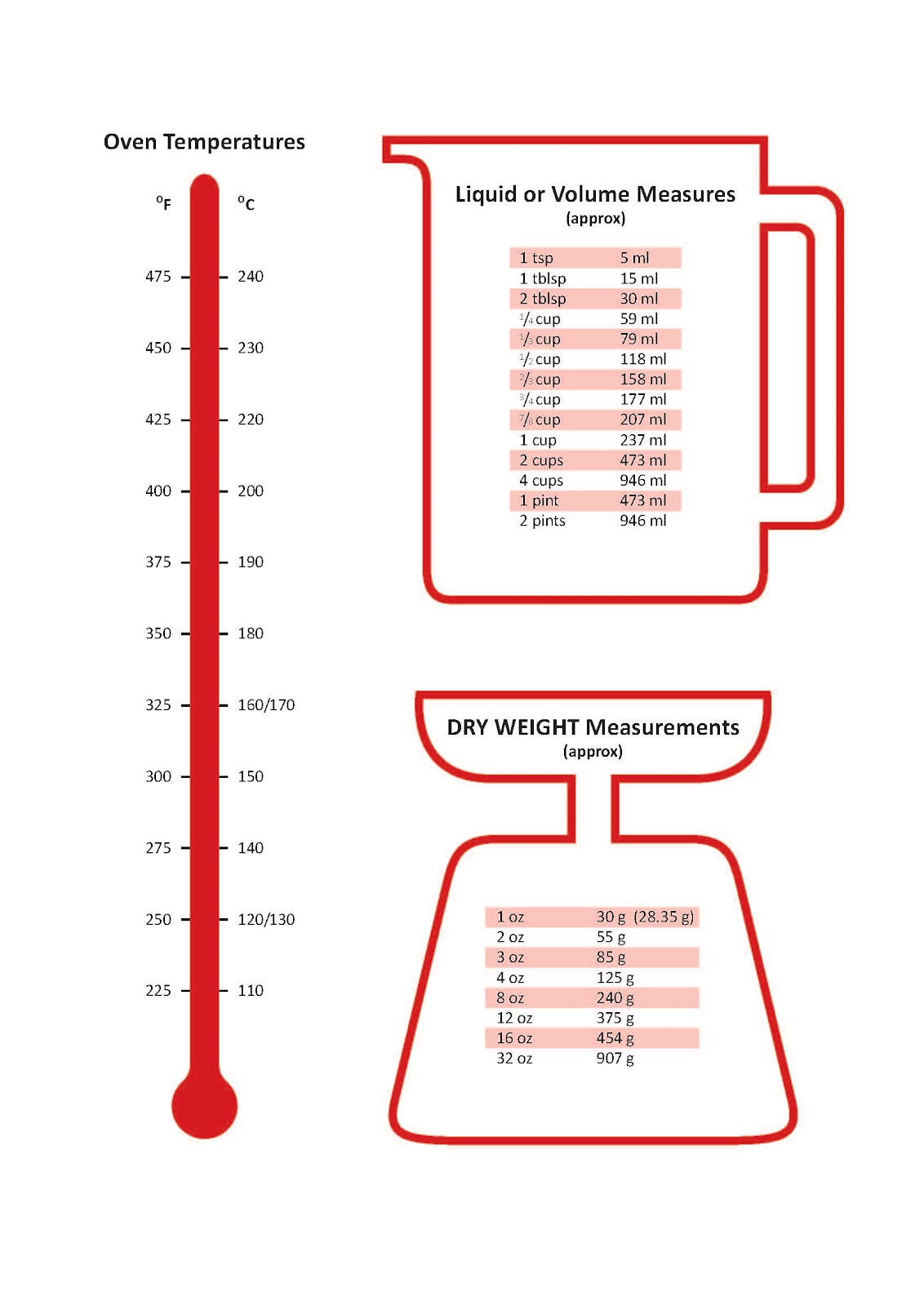Cooking Measurement Conversions: Your Kitchen Guide

Ever found yourself staring at a recipe, bewildered by unfamiliar units? Perhaps a British baking show calls for milliliters, while your trusty cookbook uses cups. Or maybe you're trying a new international dish with ingredient amounts that leave you scratching your head. This is where the humble yet powerful kitchen tool, the cooking measurement conversion chart, comes to the rescue.
A cooking measurement conversion chart, in its simplest form, is a guide that helps you translate between different units of measurement used in cooking. It allows you to seamlessly switch between metric and imperial units, or to understand less common measurements like ounces and pints. This seemingly simple tool plays a crucial role in ensuring recipe accuracy and consistent cooking results.
In the past, cooks often relied on experience and estimation when it came to ingredient quantities. Recipes were passed down through generations, with measurements described vaguely as "a pinch of this" or "a handful of that." While this approach may work for some dishes, it can lead to inconsistencies, especially in baking where precision is key. The need for standardized measurements became apparent with the rise of cookbooks and the increasing exchange of recipes across different cultures.
The modern cooking measurement conversion chart emerged as a solution to this challenge. It provides a clear and concise way to convert between different units, eliminating guesswork and ensuring that recipes are followed accurately. This is particularly important in baking, where even slight variations in ingredient amounts can significantly impact the final product. A properly used conversion chart helps maintain the delicate balance of ingredients, leading to perfectly risen cakes, chewy cookies, and flaky pastries.
One of the main issues with measurement conversions in cooking is the potential for errors. A simple miscalculation can drastically alter a recipe's outcome. This is especially true when converting between volume and weight measurements, as different ingredients have different densities. For example, a cup of flour weighs less than a cup of sugar. Using a reliable conversion chart and paying close attention to the specific units being used are crucial for avoiding these errors.
A key benefit of utilizing a measurement conversion chart is the ability to adapt recipes to your available tools. If a recipe calls for milliliters but you only have measuring cups, a quick glance at your chart provides the necessary conversion. This flexibility empowers you to try a wider range of recipes without needing to invest in specialized measuring equipment.
Another advantage is the increased accuracy in your cooking. By precisely measuring ingredients, you ensure that the recipe's intended flavors and textures are achieved. This is particularly important in baking where the balance of ingredients is critical. Consistent results build confidence in the kitchen and inspire culinary creativity.
Furthermore, measurement conversion charts make it easier to adjust recipes to serve different numbers of people. Whether you're cooking for a small family gathering or a large party, you can easily scale the recipe up or down by converting the ingredient quantities accordingly.
Creating an action plan for utilizing measurement conversion charts is simple: Keep a chart readily available in your kitchen, whether it's a printed version, a bookmark, or a mobile app. Consult the chart whenever a recipe uses unfamiliar units or when you need to adjust serving sizes. Double-check your conversions to ensure accuracy, especially when working with complex recipes or unfamiliar ingredients.
Advantages and Disadvantages of Measurement Conversion Charts
| Advantages | Disadvantages |
|---|---|
| Accuracy in cooking | Potential for errors if used incorrectly |
| Flexibility with recipes | Reliance on the chart |
| Easy adjustment of serving sizes | May not cover all units |
Five best practices: 1. Always double-check conversions. 2. Use a reliable source for your chart. 3. Pay attention to specific units (volume vs. weight). 4. Keep your chart accessible in the kitchen. 5. Practice using it regularly.
FAQ: 1. What are the most common units in cooking? 2. How do I convert cups to milliliters? 3. What is the difference between fluid ounces and ounces? 4. Where can I find a reliable conversion chart? 5. Why is accuracy important in baking? 6. How can I scale recipes using a conversion chart? 7. What are some common mistakes when using conversion charts? 8. Are there apps for cooking measurement conversions?
In conclusion, the cooking measurement conversion chart is a fundamental tool for any home cook. It bridges the gap between different measuring systems, ensures accuracy in recipes, and allows for greater flexibility in the kitchen. By embracing this simple tool and integrating it into your cooking routine, you'll experience greater consistency in your dishes, avoid costly ingredient mistakes, and gain confidence in your culinary endeavors. So, grab a chart, start converting, and enjoy the journey to becoming a more precise and confident cook!
Decoding the gs step increase your federal salary explained
Discovering petit jean state park through tripadvisor
Discovering the spanish meaning of lima













